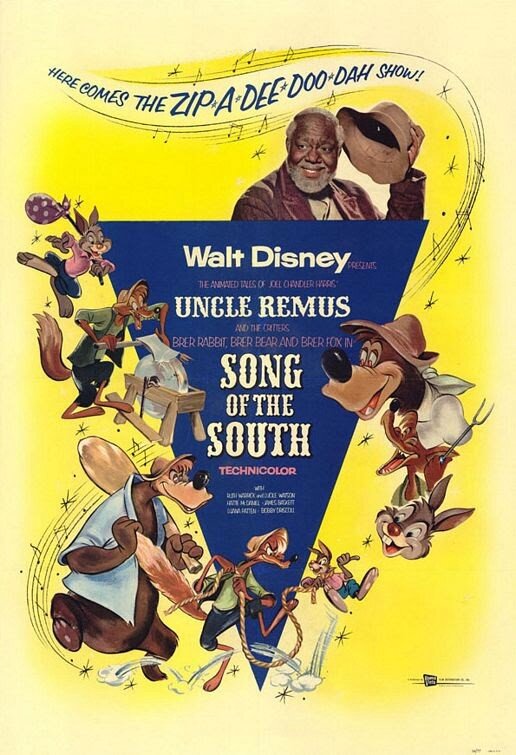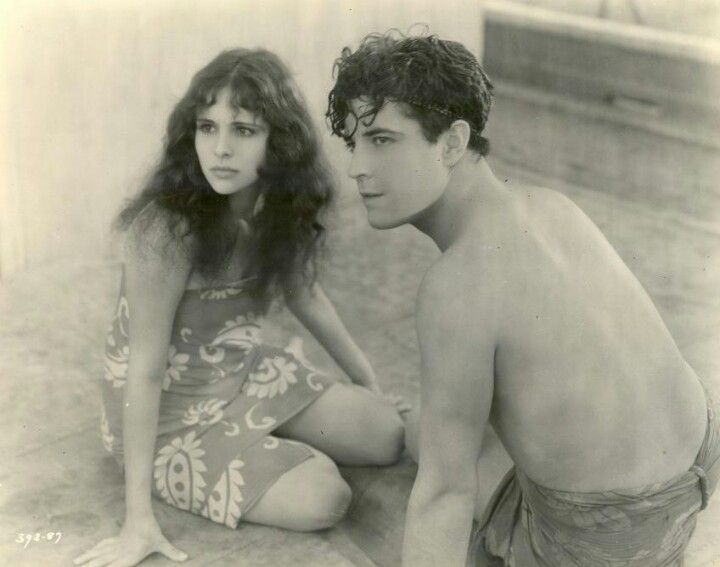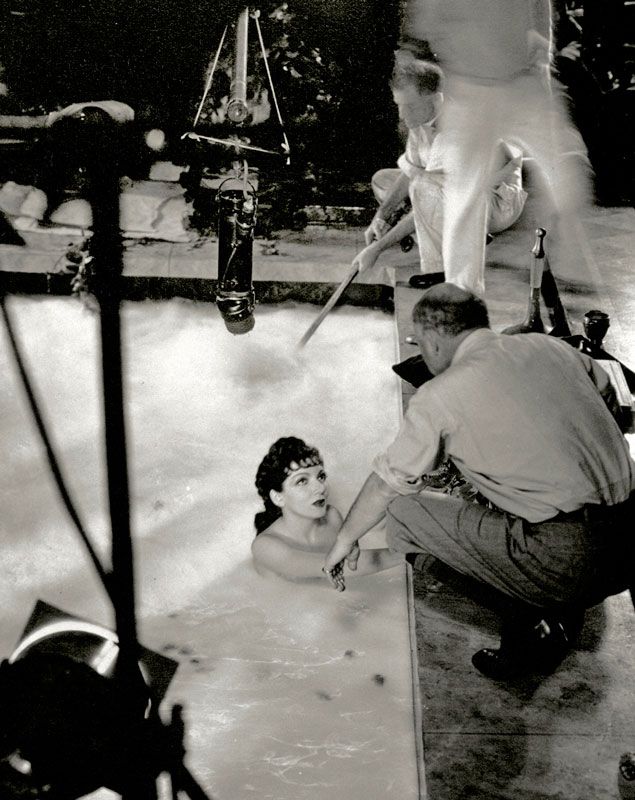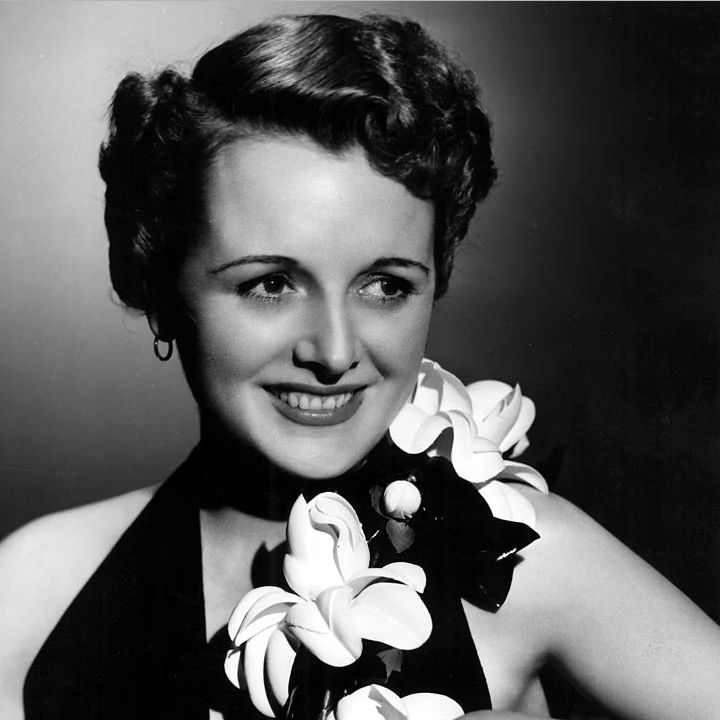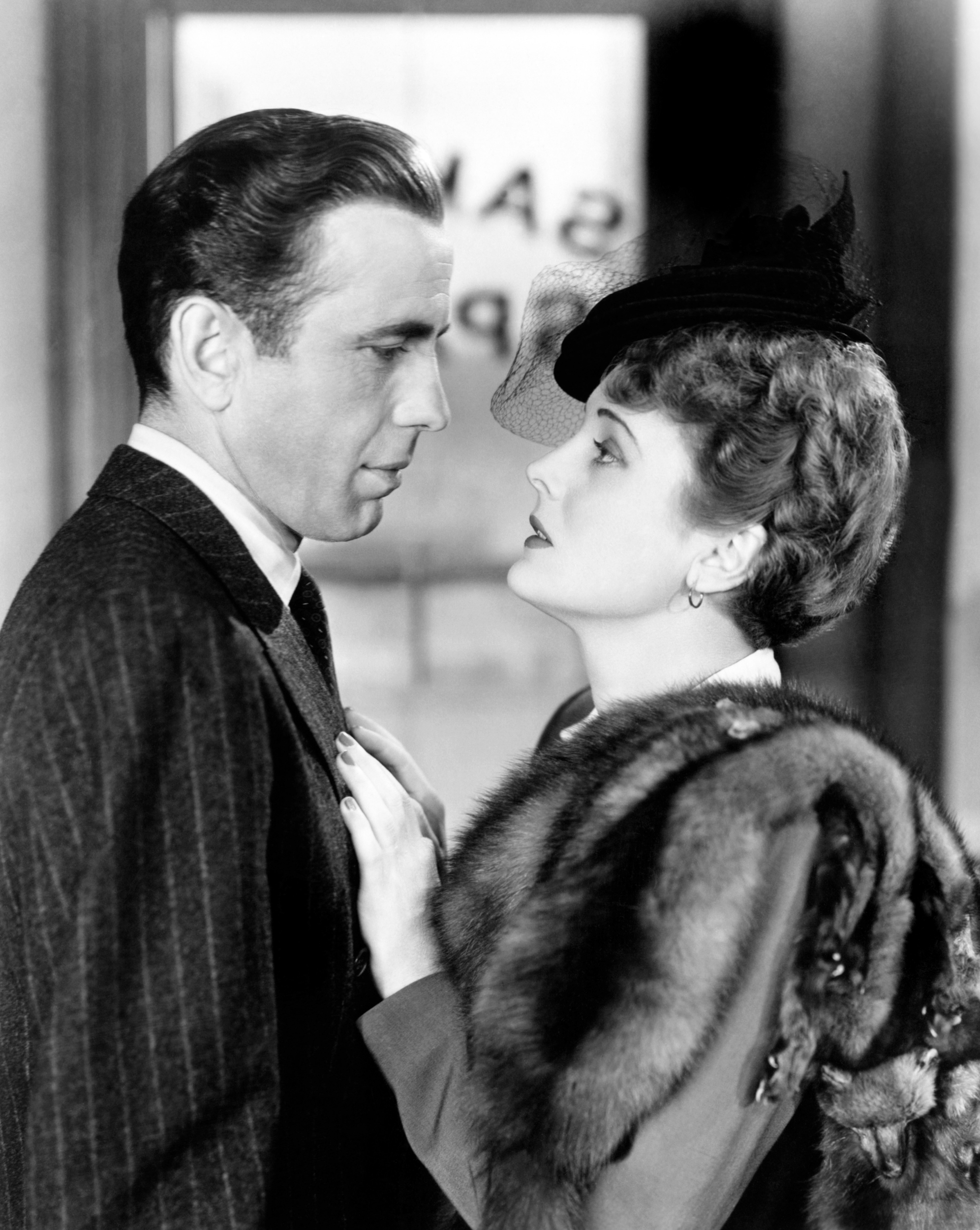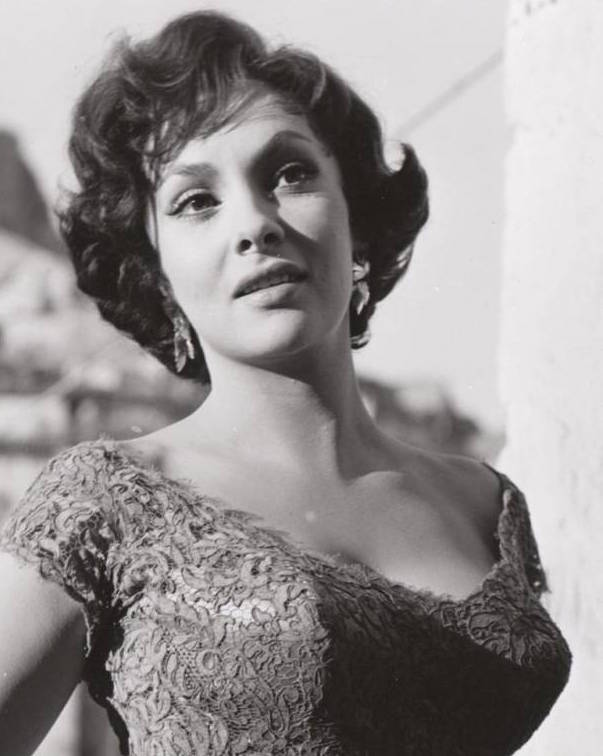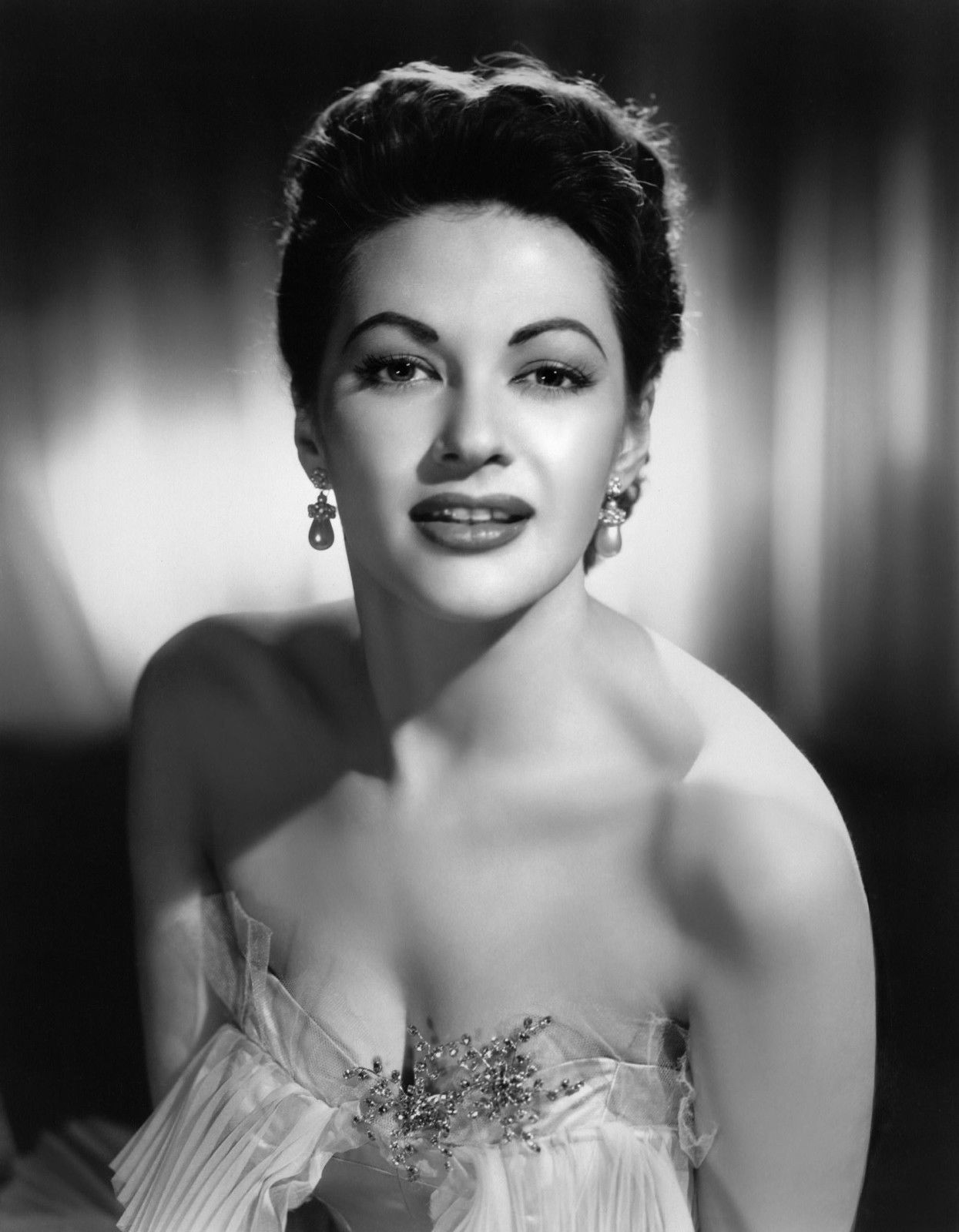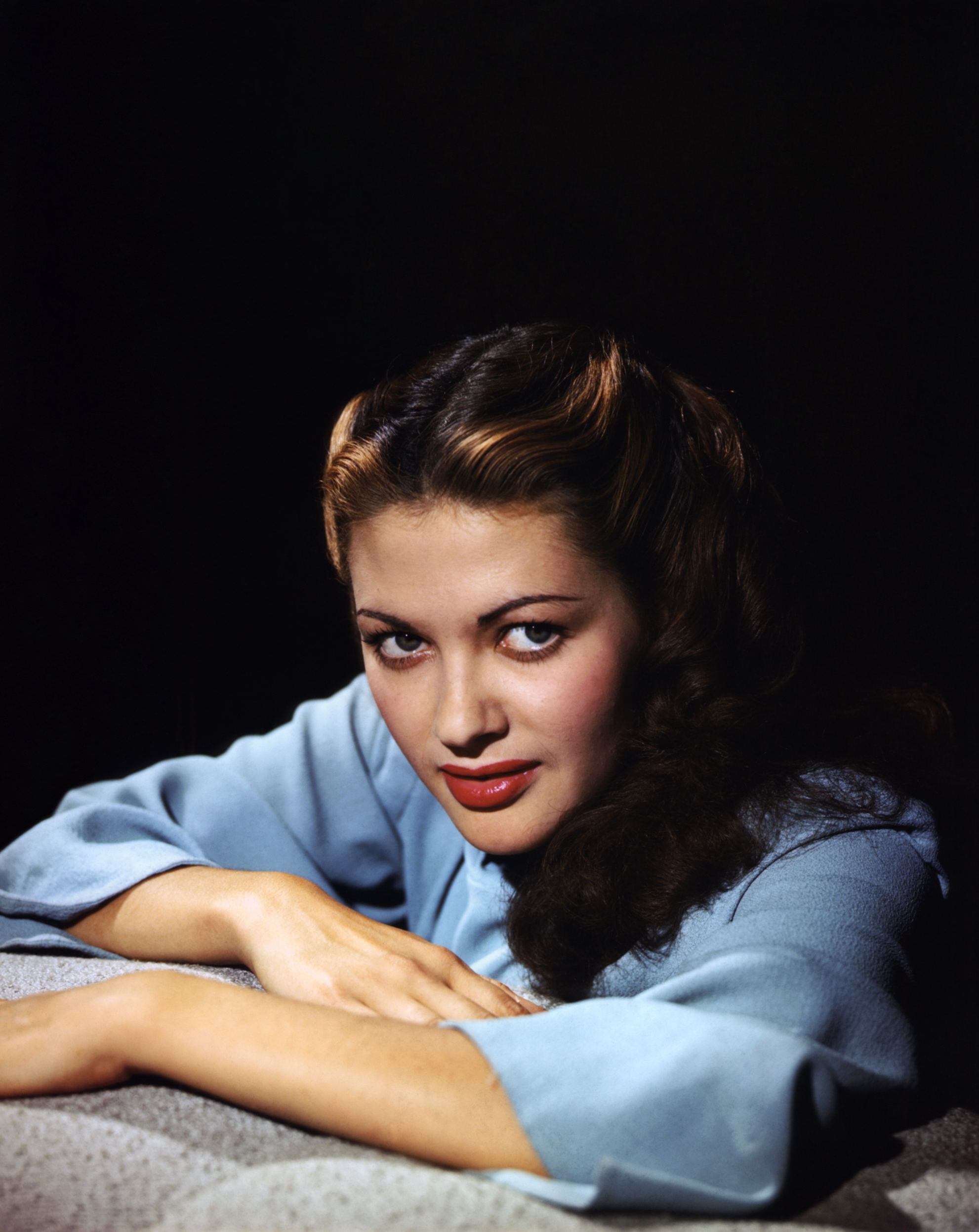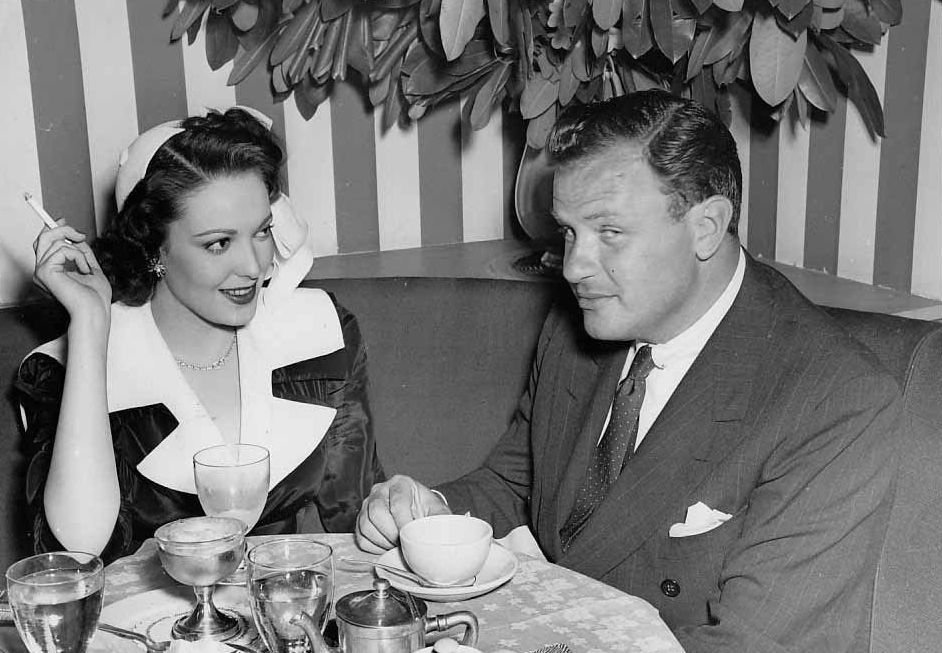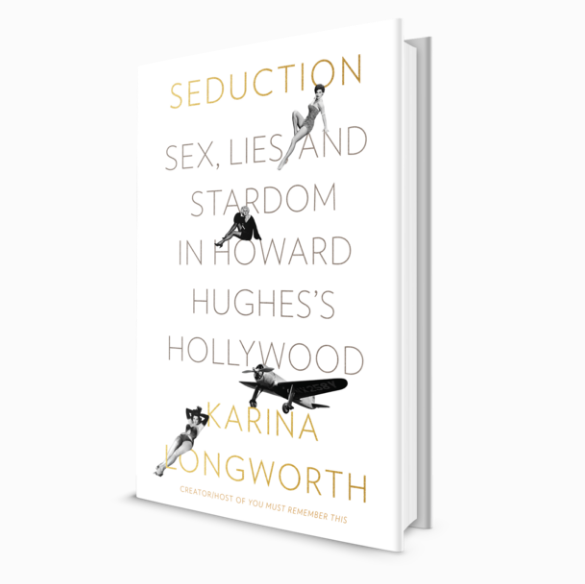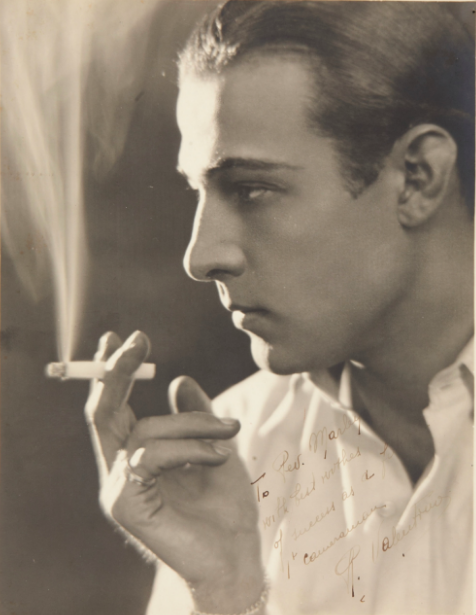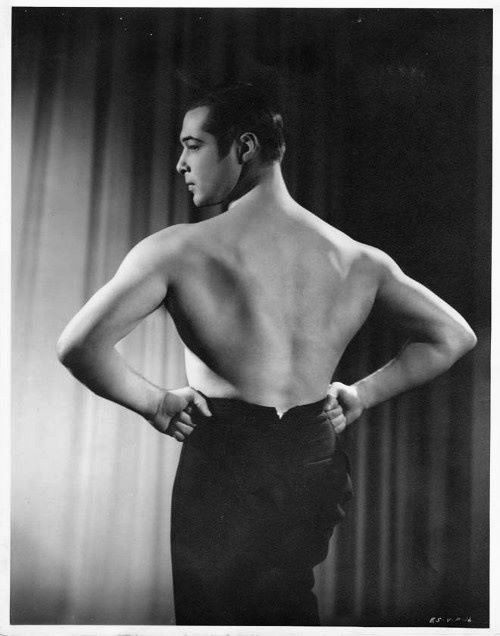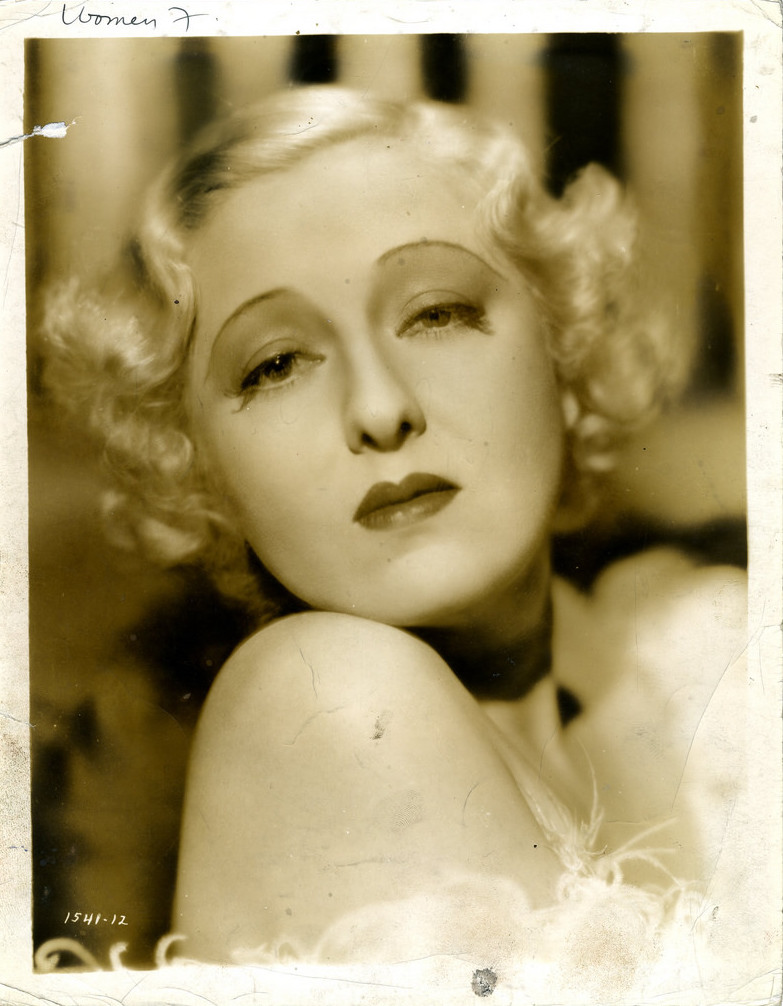This season, we explore the most controversial film in the history of Disney Animation.
With the launch of Disney Plus, the company's entire library could be made available for streaming. The one film promised to remain locked away is Song of the South, the 1946 animation/live-action hybrid set on a post-Civil War plantation.
What is Song of the South? Why did Disney make it even amidst protests? And why have they held the actual film from release for the past thirty-plus years, while finding other ways to profit off of it?
Join us, won’t you? As we uncover this hidden film in the Disney vault. New episodes of You Must Remember This will be released every Tuesday. Subscribe via Stitcher, Apple Podcasts, or wherever you get your podcasts to hear it!
